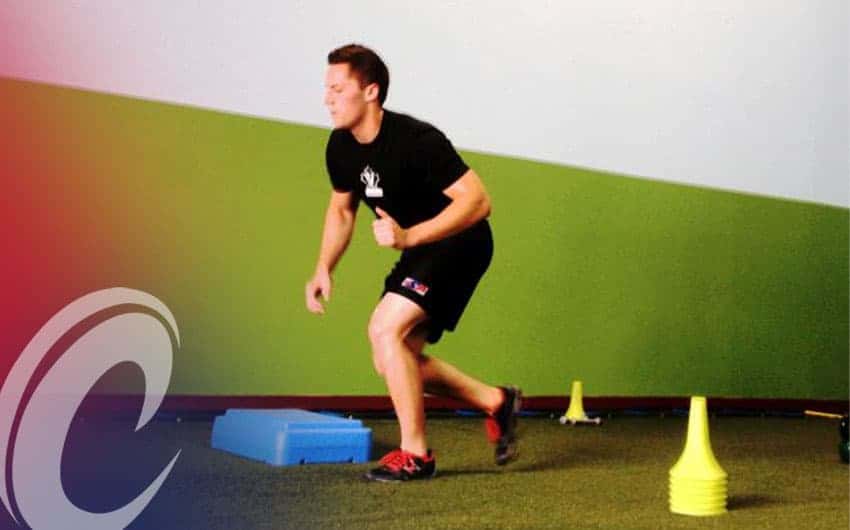Training new athletes is a common occurrence in many sports performance facilities and environments. If the business is thriving and growing, new athletes and clients will be often brought in and introduced to the facility’s training focuses. At Compete, we often have new athletes coming in to train individually or in groups. Therefore, it is essential to observe the athlete in a warmup and activation series to evaluate their needs and tendencies.
At Compete, we tend to start off our newer athletes, especially younger ones, with much more basic exercises. During warmup, it quickly becomes obvious which athletes struggle with coordination, certain movements, or directional changes. After enough experience in observation as a strength coach, you will be able to see areas that need work in your athletes.
Exercise progression is similar to what you would see with any athlete learning certain movements or exercises that they have not done before, or in a young child learning basic motor skills. You cannot run before you walk, and the same idea applies to exercise progression. It is important to start with more basic, less complex movements/exercises when an athlete first comes in to train. This will also help you as a strength coach to observe more of their weaknesses and strengths. For example, starting with a basic bodyweight squat would be ideal to start with rather than going straight into a barbell back squat. You can then evaluate the position of their ankles, knees, hips, and back to see where they struggle. Then, as their form and confidence improve over time, with observation, the athlete can slowly progress into more complex movements such as a squat jump, weighted squats, or even single-leg exercises. These progressions will help the athlete, and you as their trainer/coach, to see growth and prevent injury down the line.
Taylor Rowden is a Strength Coach at Compete Sports Performance and Rehab in Lake Forest, California. Taylor graduated from the Master’s University with a degree in Kinesiology with an emphasis on sports injury and exercise science. She was also a member of the Women’s Soccer Team.

